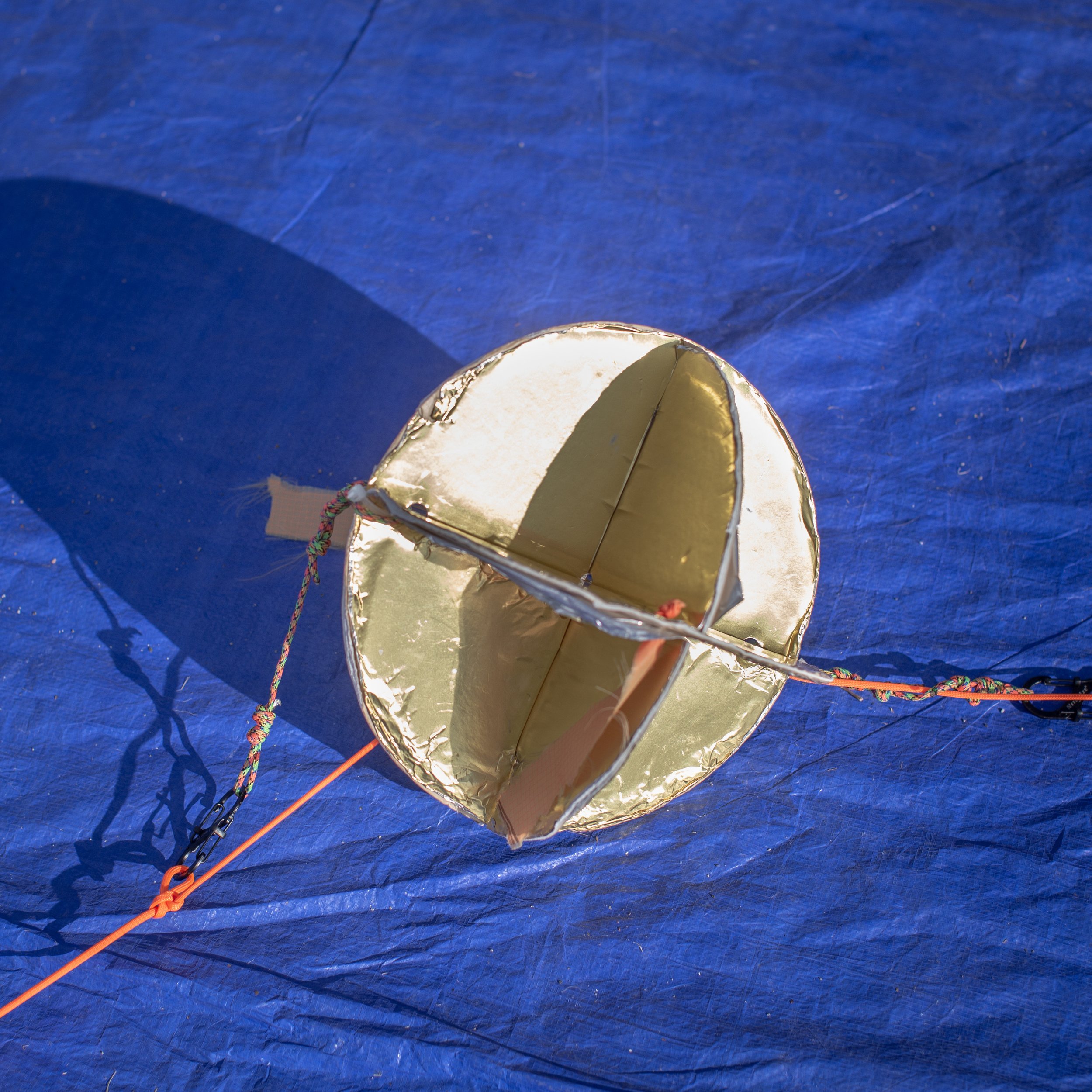For an NPR story on the 2024 solar eclipse, correspondent Geoff Brumfiel and I met a group of students from the University of Maryland early one chilly morning in March. They were taking part in a nation-wide effort organized by NASA to release scientific balloons into the path of totality. The goal? Collect data, atmospheric measurements, and images for research.
Students hustled over blue tarps, securing scientific equipment, adjusting inflation tanks, and tracking flight directions. It was a small-scale version of a NASA launch but significantly cheaper and perhaps a bit less stressful.
When one balloon accidentally lifted off before the scientific instruments were attached, there were collective gasps, a moment of silent astonishment, and then, finally, laughter. The students were prepared. They had brought a back-up balloon.









